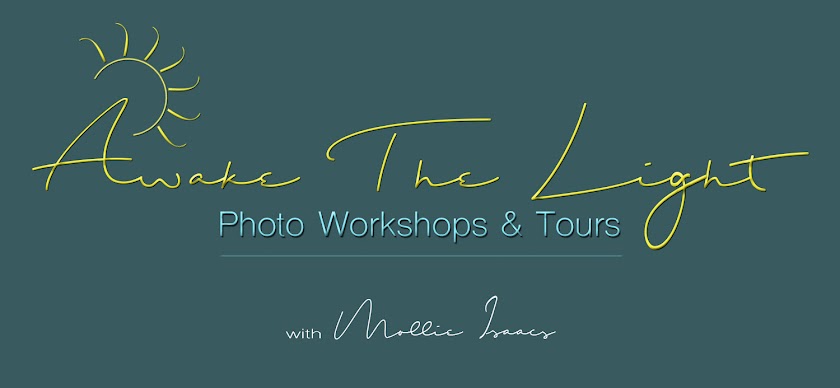Join me for some of the best bird photography anywhere.
This is the time of year when some of the most beautiful
birds
like
Roseate Spoonbills, Great Egrets,
and several
species of Herons
arrive in their breeding plumage.
The birds will be nest building, mating, and raising chicks, and all of this will be happening close to us at eye level.
We will be in a private rookery that is beautifully designed with walkways that put us at tree-top level with the birds. This provides us with the best chances of getting close-up shots, and no long lenses are needed. All birds are truly wild, but are not bothered by our presence.
We will have special early access to the rookery before it opens to the public. And it is a short, easy walk into and around the rookery. Super bird photography does not get any better, or any easier than this.
In addition to the birds there will be shooting opportunities in the historic areas of St. Augustine, which bills itself as America's Oldest City. It is the home of significant landmarks like Castillo de San Marcos, Flagler College, the Lightner Museum, and more.
This unique workshop includes:
- early entry and private time photographing birds in the rookery
- personalized instruction to make your bird photography the best it can be
- all rookery fees
- trolley and walking tour of historic St. Augustine
- image critiques
- Lightroom and Photoshop tips
Workshop is limited to 12 photographers.
FEE: Early sign-up fee is $1995 if you register no later than November 20. After that date the regular rate of $2495 applies. Fee includes all entry fees into the rookery, trolley tour of historic St. Augustine, extensive personalized instruction, image critiques, both in-the-field and classroom training, Lightroom and Photoshop tips. (Not included are lodging, meals, transportation, and personal incidentals. Special hotel rates have been arranged.)
DEPOSIT: A $500 deposit will reserve your space.
ITINERARY: Workshop begins in the late afternoon on Monday, March 30. Specific time and location will be provided when you register. Each day of the workshop will be a varied combination of bird photography, historic architecture, training, and image critiques. The workshop officially ends after a morning rookery visit on Saturday, April 4.
FOR MORE INFORMATION OR TO REGISTER,
EMAIL
or CALL 757-773-0194





